Hi guys,
Thank you for the feedback. Scott I will get some pics of resolutions new sail to you soon. Just laying up some moulds as we speak . Scott T I am not familiar with black silicon, enlighten me. David M thanks for the encouragement. Still trying to work out "business model" for this outfit
David H
Thank you for the feedback. Scott I will get some pics of resolutions new sail to you soon. Just laying up some moulds as we speak . Scott T I am not familiar with black silicon, enlighten me. David M thanks for the encouragement. Still trying to work out "business model" for this outfit
David H



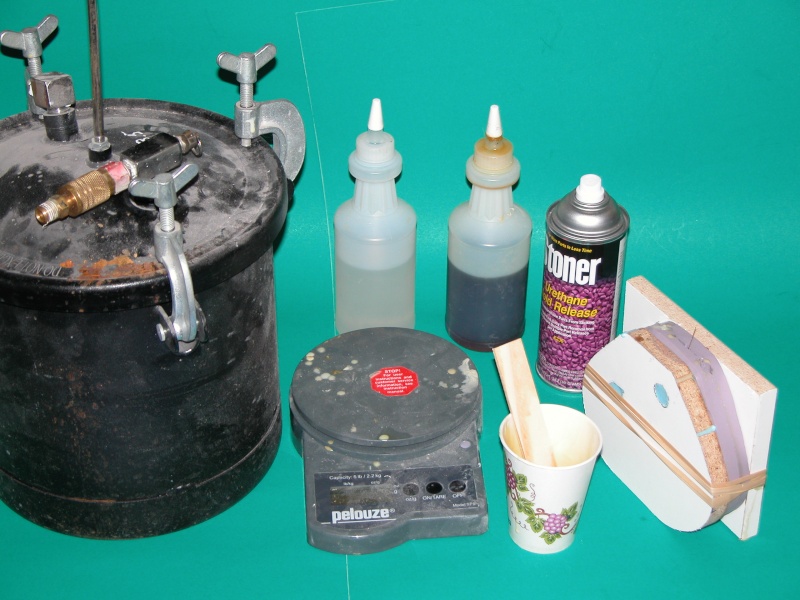
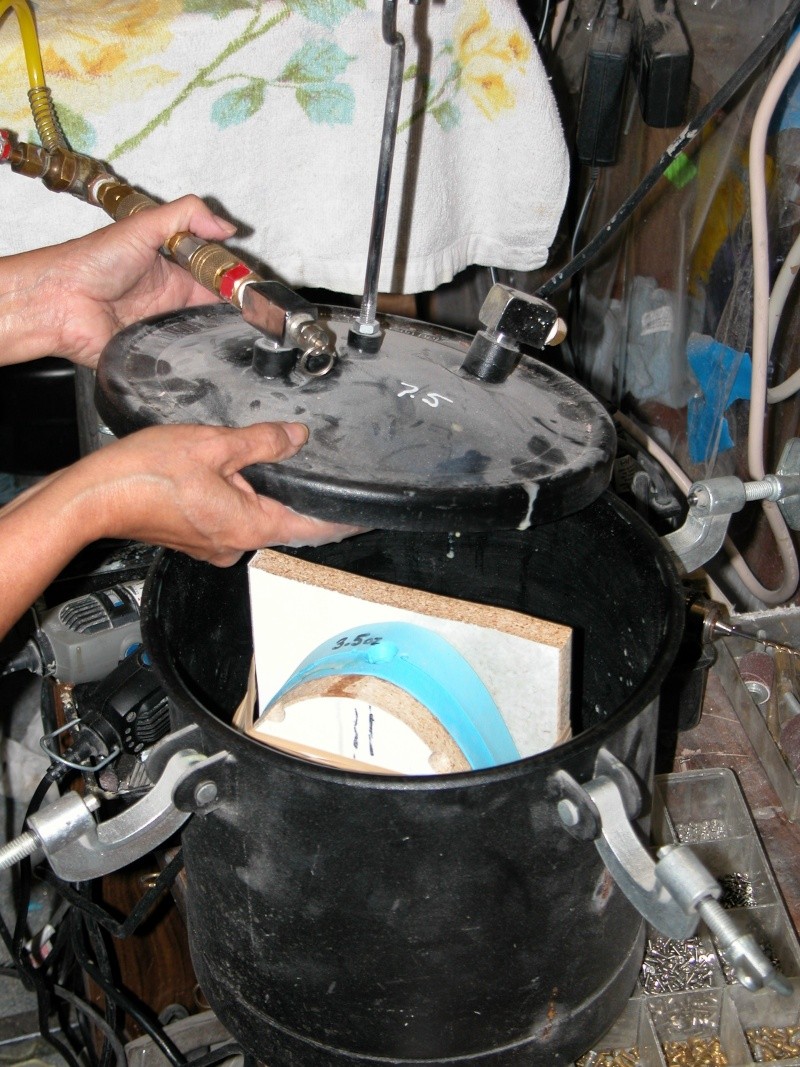
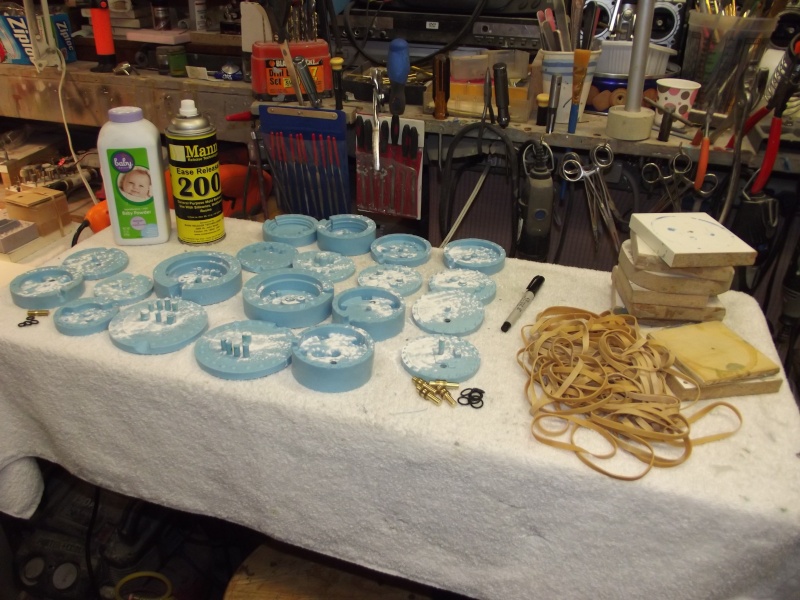

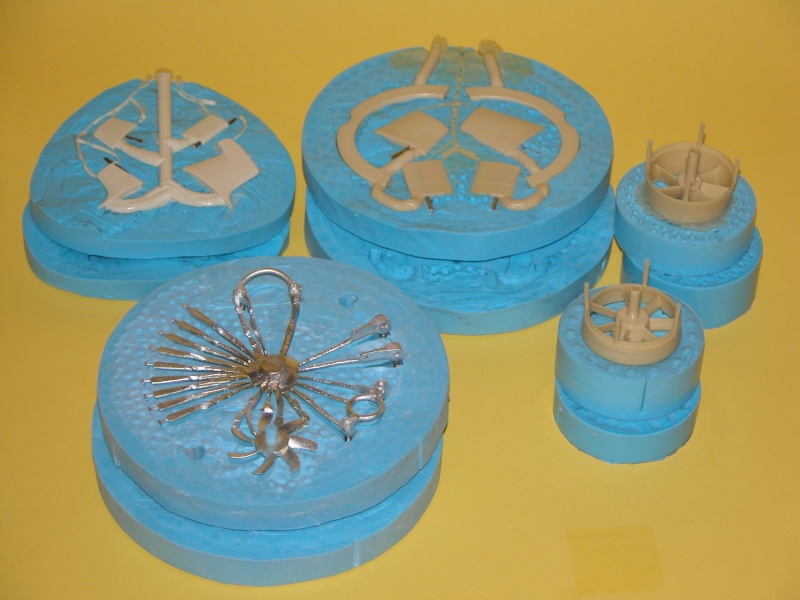
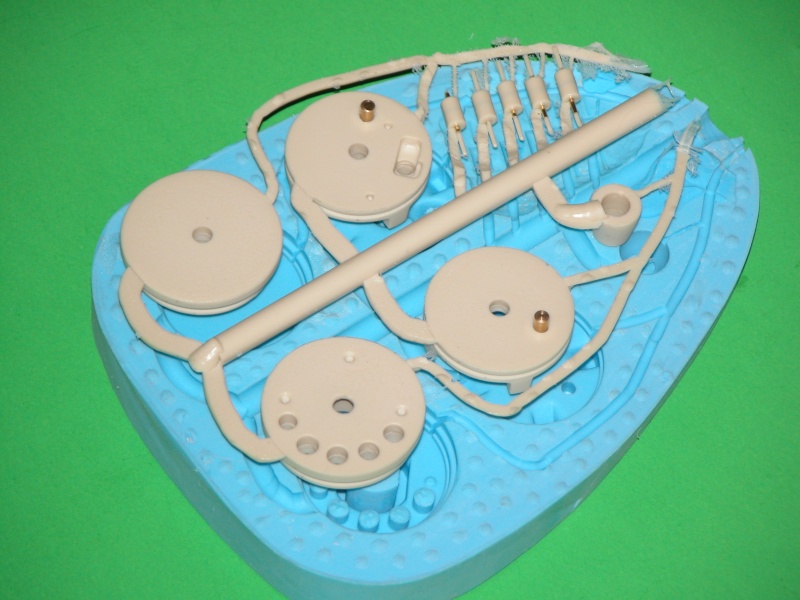

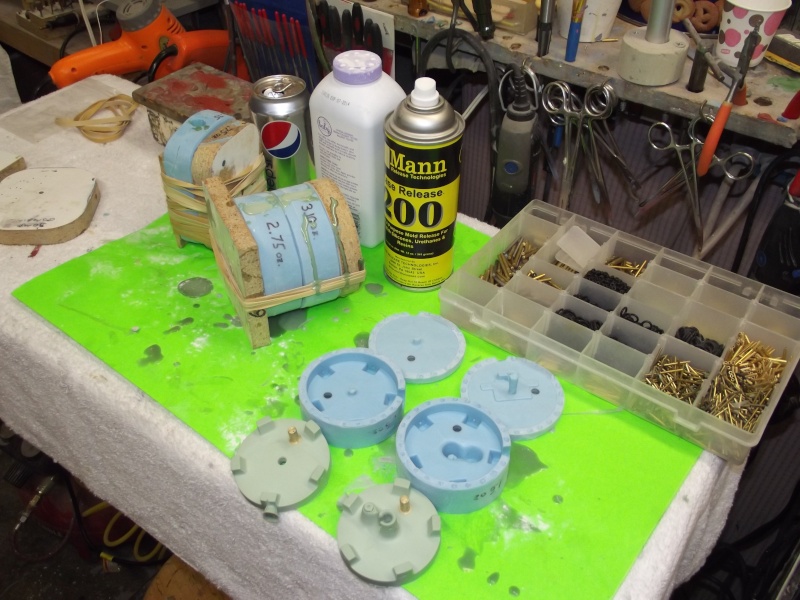
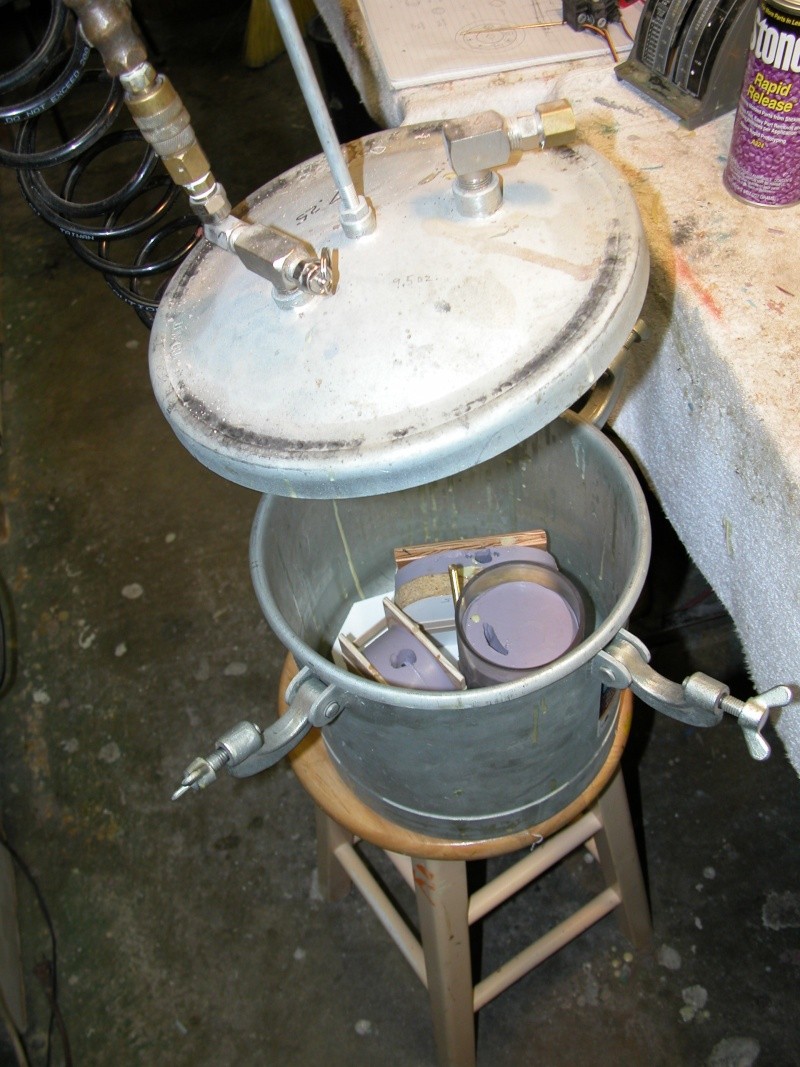
Comment